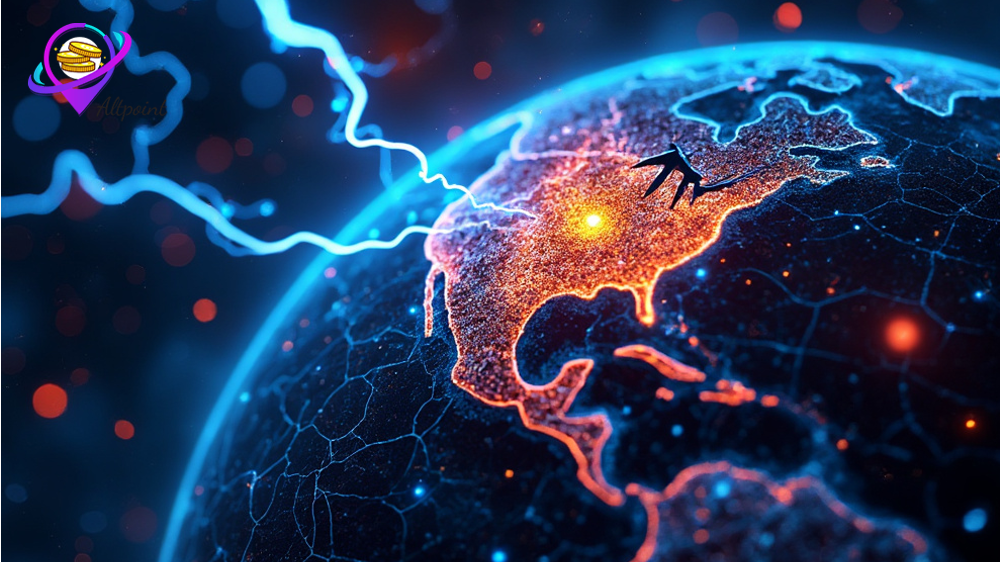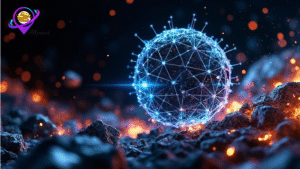The Growing Energy Crisis in AI Development
Greg Osuri, founder of Akash Network, recently sounded the alarm about what he sees as an impending energy crisis driven by artificial intelligence training. Speaking at Token2049 in Singapore, he explained that as AI models continue to grow in size and complexity, the computational power required to train them is increasing at an alarming rate. According to Osuri, we’re approaching a point where training a single large model could require energy output comparable to that of a nuclear reactor.
What’s particularly concerning is that the industry seems to be underestimating how quickly these compute demands are doubling. Data centers already consume hundreds of megawatts of fossil fuel power, and this trend shows no signs of slowing down. Osuri warned that if we continue on this path, we could see household power bills rising significantly while adding millions of tons of new carbon emissions each year.
The Human Cost of Centralized AI
Osuri made a striking statement during his interview, saying “We’re getting to a point where AI is killing people.” He wasn’t referring to some sci-fi scenario of rogue robots, but rather the very real health impacts from concentrated fossil fuel use around data hubs. When you concentrate massive amounts of computational power in single locations, you also concentrate the environmental pollution and health hazards that come with that energy consumption.
Recent reports from Bloomberg seem to support his concerns. The data shows that AI data centers are already sending power costs surging in the United States. In areas near these data centers, wholesale electricity costs have surged by 267% over just five years. This isn’t just an abstract environmental issue—it’s affecting people’s monthly bills and quality of life.
Decentralization as a Solution
Osuri believes the solution lies in decentralization. Instead of concentrating chips and energy in massive data centers, he proposes distributed training across networks of smaller, mixed GPUs. This could include everything from high-end enterprise chips to gaming cards in home PCs. The idea is to unlock efficiency and sustainability by spreading the computational load.
“Once incentives are figured out, this will take off like mining did,” Osuri predicted. He envisions a future where home computers could earn tokens by providing spare compute power for AI training. This concept bears similarities to the early days of Bitcoin mining, where ordinary users contributed processing power to the network and received rewards in return. The key difference would be that instead of solving cryptographic puzzles, users would be training AI models.
Challenges Ahead
While the potential benefits are clear, Osuri acknowledges that significant challenges remain. Training large-scale models across a patchwork of different GPUs requires technological breakthroughs in software and coordination. He notes that while several companies have started demonstrating aspects of distributed training in the past six months, no one has successfully put all the pieces together to actually run a complete model.
Perhaps the biggest hurdle is creating fair incentive systems. “The hard part is incentive,” Osuri explained. “Why would someone give their computer to train? What are they getting back? That’s a harder challenge to solve than the actual algorithm technology.”
Despite these obstacles, Osuri insists that decentralized AI training isn’t just an option—it’s a necessity. By spreading workloads across global networks, AI development could ease pressure on energy grids, reduce carbon emissions, and create a more sustainable AI economy. He believes this approach could give everyday people a stake in the future of AI while lowering costs for developers.
As we move forward, the question isn’t whether AI will continue to grow, but how we’ll power that growth without creating new environmental and economic crises. Osuri’s warnings suggest we need to start thinking about these issues now, before the energy demands of AI training become unmanageable.






